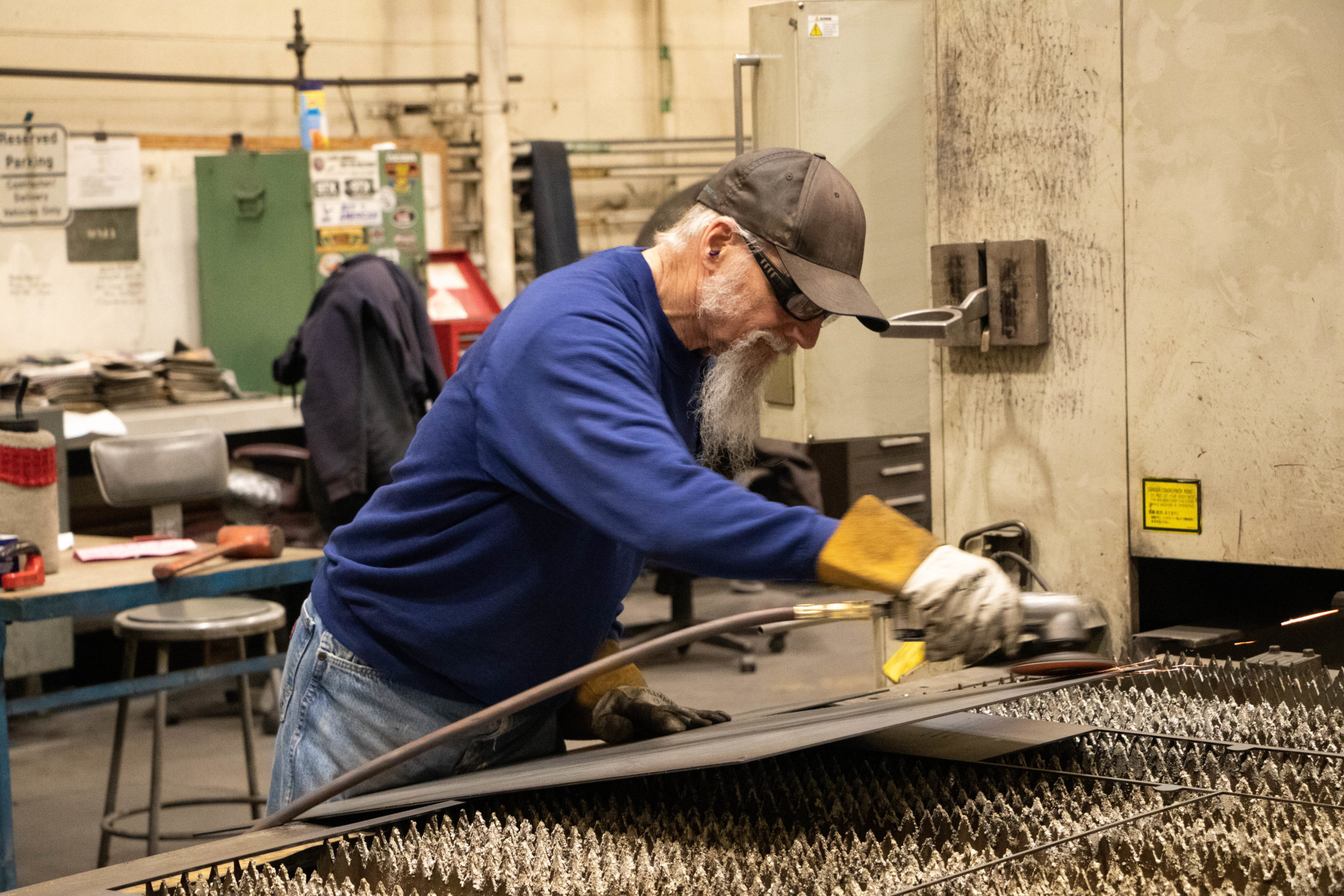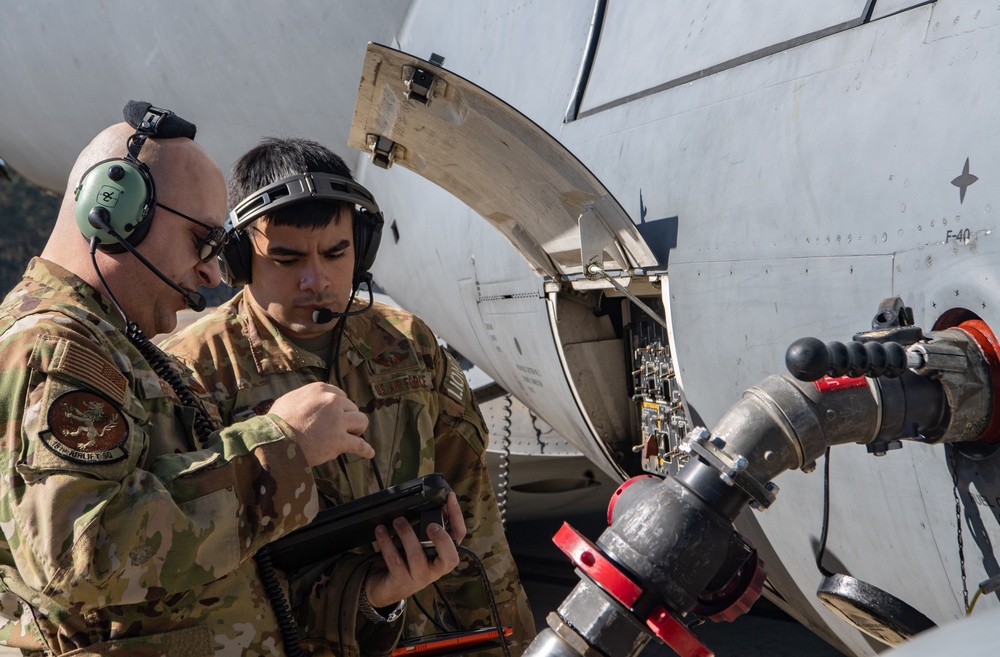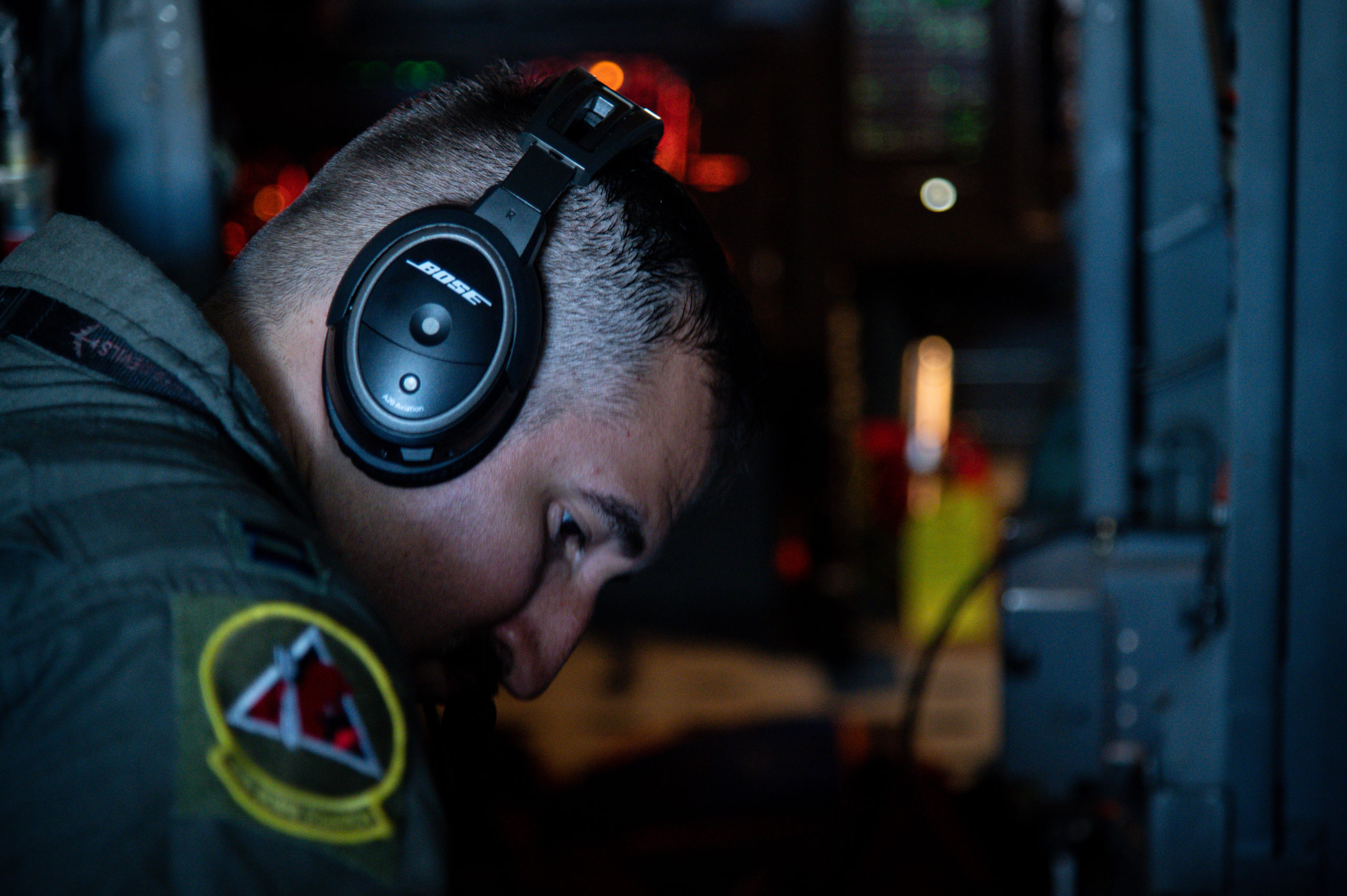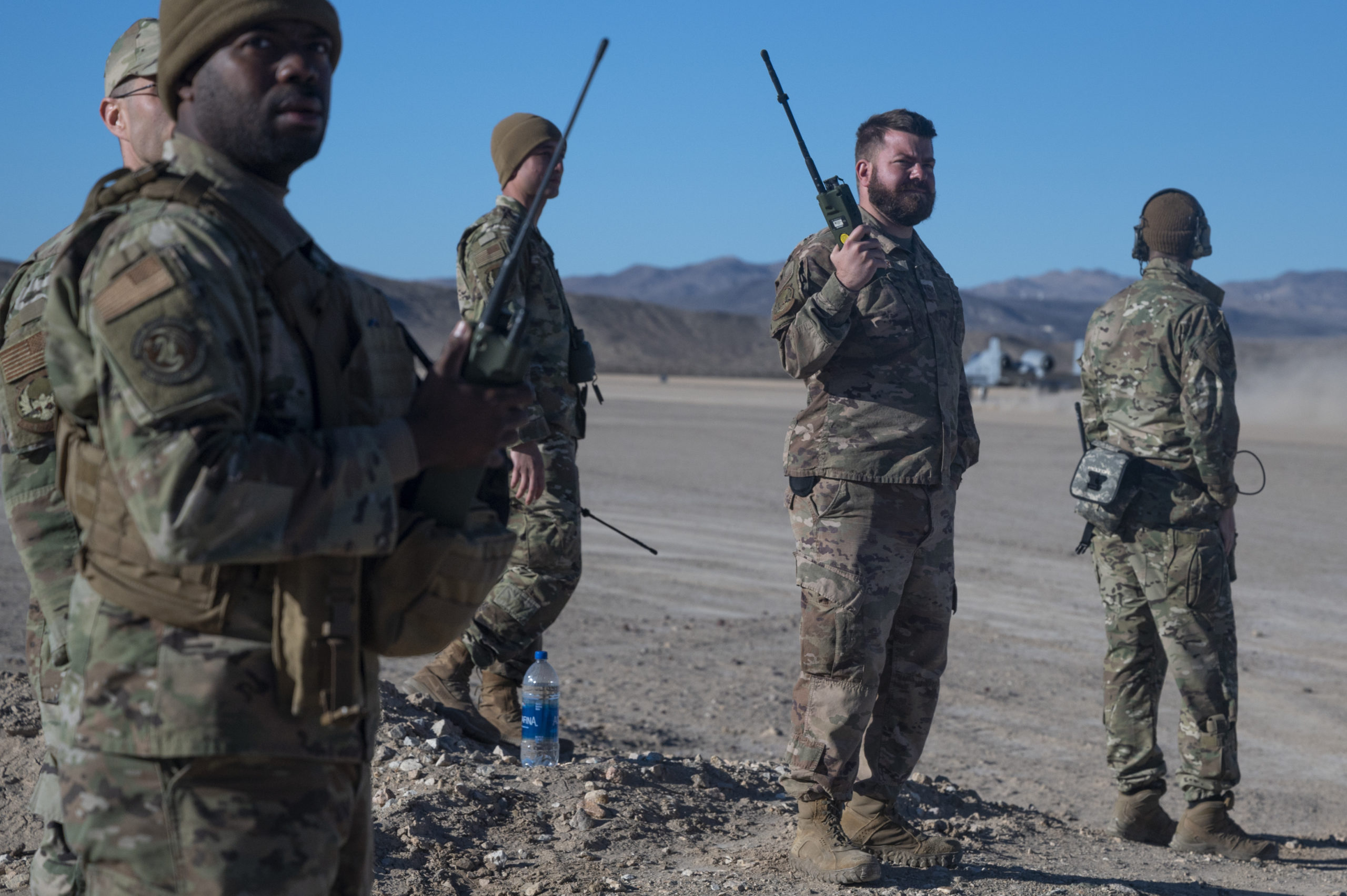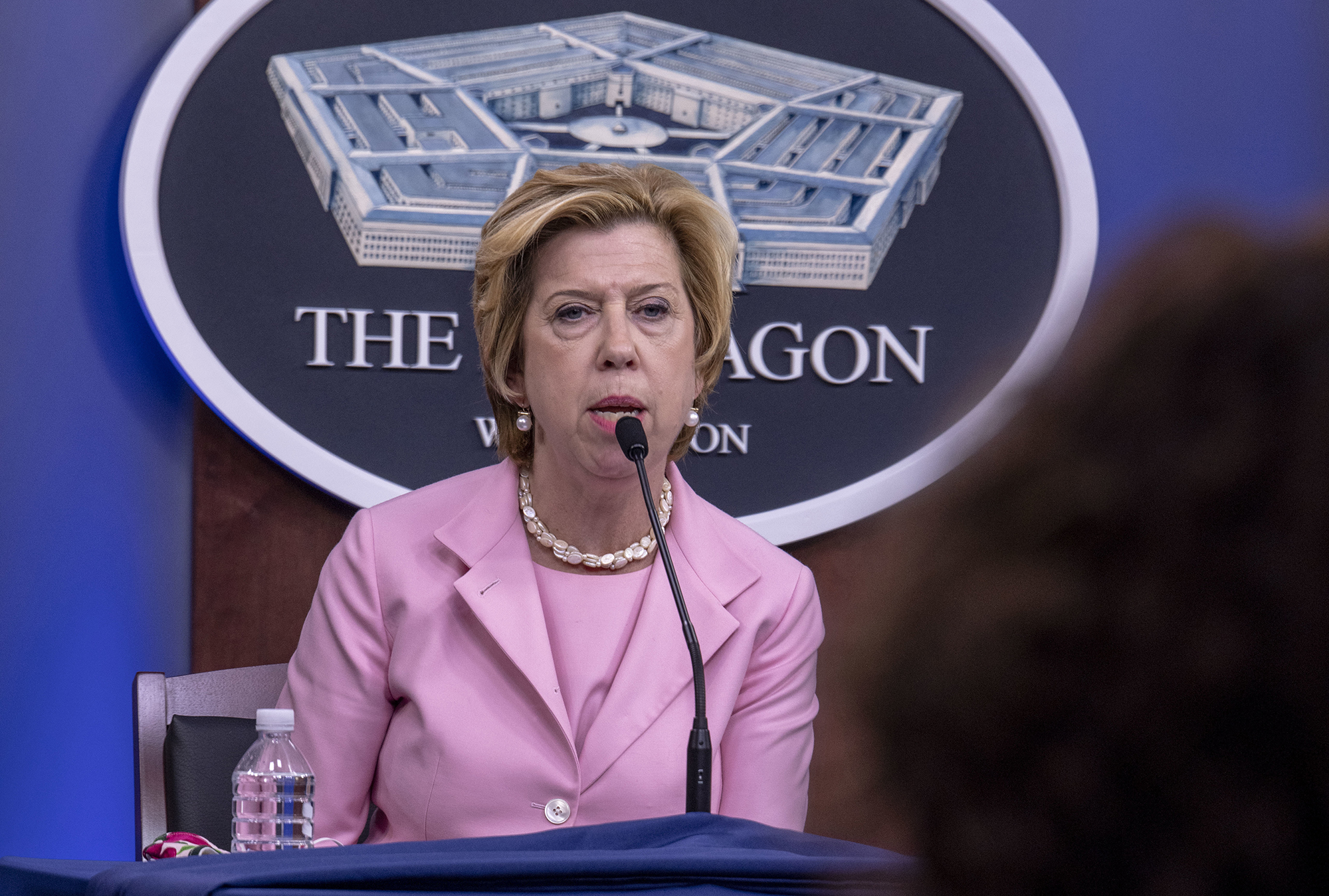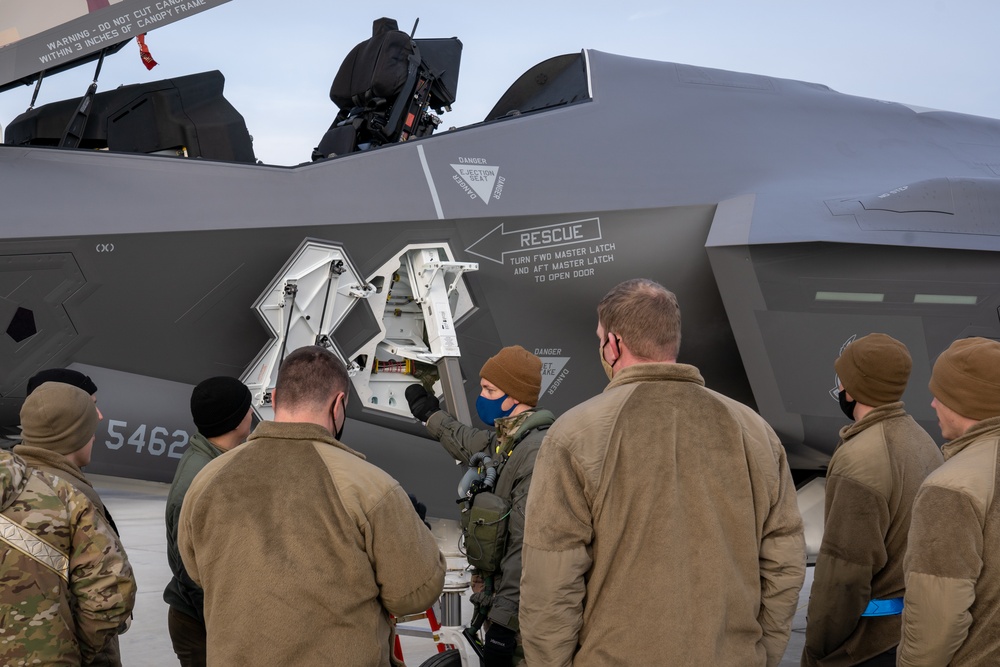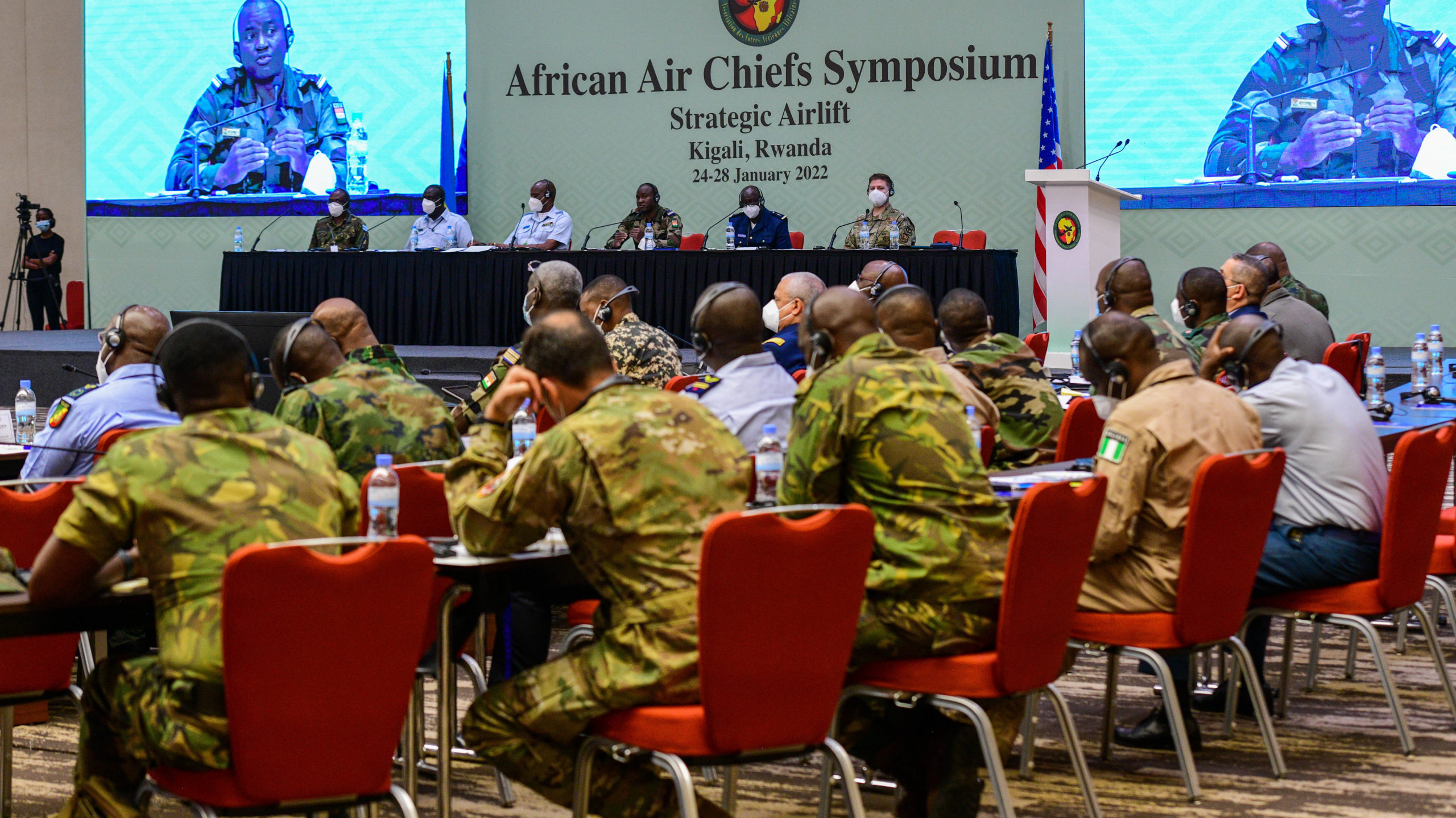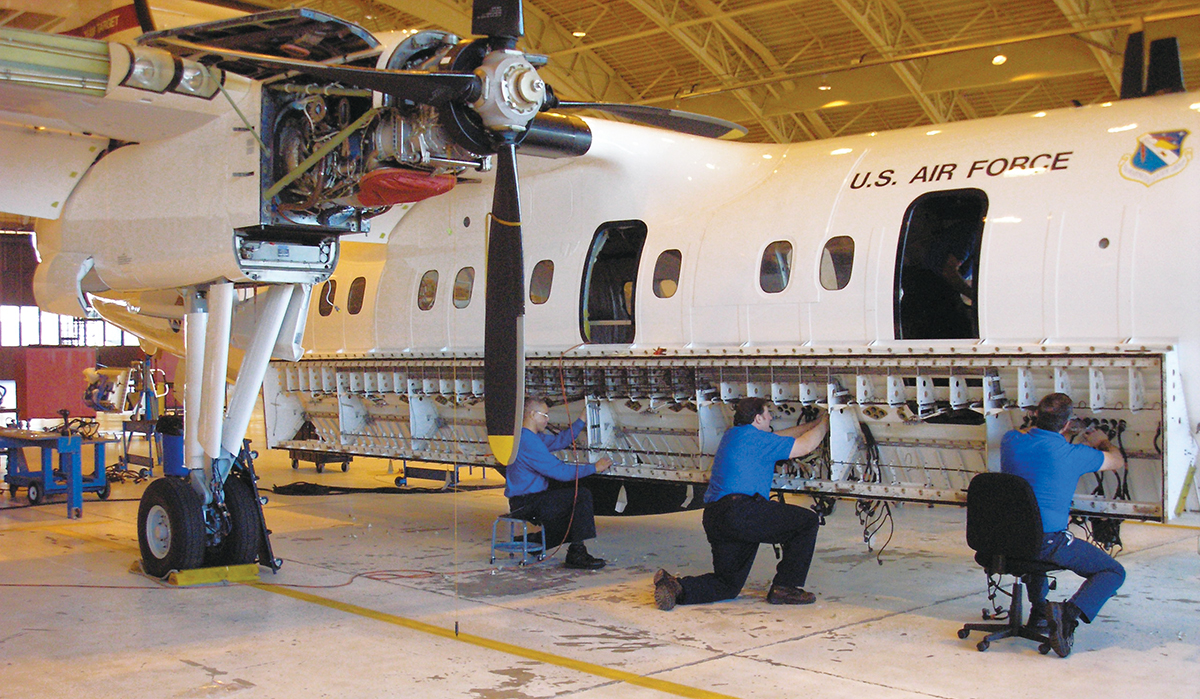The health and readiness of the U.S. defense industrial base business climate got its first failing grade in an annual assessment done by the National Defense Industrial Association and the Govini statistical data company, with key setbacks due to continuing disruption caused by the COVID-19 pandemic. The data in the report lags the current situation by a year, and so conditions may actually be worse than it suggests, NDIA officials said.
The defense industrial base got a composite score of 69 out of 100, which the NDIA grades as “failing,” as it “struggled through the first year of the pandemic alongside the rest of the economy,” the organization said in its conclusions. Improving the health and readiness of the defense industry “continues to be a pressing challenge” for the national security and defense policy communities.
The NDIA emphasized that it is presenting data, not offering recommendations or legislative moves. However, organization president and CEO Herbert “Hawk” Carlisle said the report should serve as a “wake-up call” for the Pentagon and Congress to pay more attention to the conditions facing the defense industrial base, which the numbers indicate is “not isolated” from the general economy. It saw a downturn even though defense is regarded by many as a “safe haven” business. He called the report “sobering,” saying, “We can’t admire the problem anymore.”
The report’s methodology uses a questionnaire about the business environment filled out by more than 400 companies, which report their experience among more than 50 factors, ranging from overall profitability to intellectual property rights, public opinion, the availability of workforce and its qualifications, security clearance time, productivity, and the regulatory burden.
Wes Haulman, NDIA senior vice president of strategy and policy, said the Vital Signs report is unique in that it offers the only comprehensive and unclassified look at the defense industry as a whole.
The biggest negatives in this year’s report were on supply chain and capacity for surge production, both chalked up largely to the pandemic. Supply chain indices were up in last year’s report, from 60 to 71, but have fallen to a score of 63 out of 100 this year. Haulman said the one “silver lining” of COVID is that it has highlighted problems with the supply chain that were already there, but were brought into high relief by the pandemic.
“At a company-by-company level, now, you have greater visibility” into supply chain issues, he said.
Competition was down, with the lowest number of new entrants in the industry since NDIA launched “Vital Signs” three years ago; a 28 percent reduction since 2020.
“This is a risk to innovation, as new entrants represent the infusion of new talent and capabilities,” the NDIA said in a summary. The fall in new vendors slowed, but continued in 2020. It had previously fallen from 12,000 to 6,500, but only dropped to 6,300 in fiscal 2020. “An overreliance on a smaller pool of entrants may create production or innovation shortages in the future,” the NDIA said.
The report highlights “a dwindling supply base,” Haulman said, citing the previous exodus of companies and the diminishing number of new entrants. This creates “more and more fragile networks,” he said.
Tara Murphy Dougherty, CEO of Govini, said the U.S. government, and particularly the Pentagon, needs to “bridge the gap” to make government work attractive to small businesses and innovators.
The “worst performing” of the industry vital signs was industrial security, driven primarily by cybersecurity vulnerabilities, which “continue to rise at a very high rate,” the NDIA said.
A continuing and worsening problem is the ability to find “skilled and cleared” labor, according to the report. The NDIA noted that its study reflects conditions in the defense industrial base before the “great resignation” trend of the last nine months.
The report counts how many hearings and incidents of congressional interest are shown in key areas, and noted that such focus increased on artificial intelligence, microelectronics, and biotechnology, but decreased on hypersonics, space, and other key fields since 2019.
Overall, there is a reduction in government spending on basic research, a troubling trend because “that’s our seed corn,” said Mark Lewis, head of the NDIA’s Emerging Technologies Institute.
Industrial surge capability dropped 15 points over last year; again, owing to pandemic-related supply issues and “weakness in the overall economy.”
Of those that responded, 71 percent said the pandemic has had a “moderate or large negative” impact on their business, while 14 percent said they don’t think their business will return to normal after the pandemic.
On workforce, 67 percent said it is somewhat or extremely difficult to get cleared workers, with similar results for “skilled trade” or STEM—science, technology, engineering, math—workers. There was a slight uptick in the speed at which security clearances are being completed, but at a score of 36 out of 100, there is “a lot of room for improvement.”
There are also issues with the supply of raw materials, particularly rare earth elements that are sourced from overseas, particularly from adversary nations, but polled companies seem to be feeling better about this situation.
Nick Jones, NDIA regulatory policy director, said the U.S only has about 32 percent of rare earth mine production, so “it’s definitely an area of concern,” but the industry perceives improvement, as the “score” regarding U.S. production of rare earths has risen from 10 to 39 in the last two years. The sentiment about rare earth prices has also improved, from a score of 75 two years ago to 83 today.
Higher costs, many attributable to U.S. dependence on foreign supply of rare earths—“a significant risk”—also pushed indices lower, as did Congress’s chronic use of program-disruptive continuing resolutions to fund defense. Use of CRs thwarts new starts and the uncertainty they create prevents companies from making economic orders of long-lead materials and supplies, Carlisle said.
Haulman said Congress makes things hard with continuing resolutions and a slow pace of confirming the Pentagon officials who deal with industrial base issues. Those officials “need to set a strategic vision and they need to carry [it] out,” but many nominations are languishing on Capitol Hill, he said. He also noted sluggishness in the nominations process.
“Without having those folks there, we lose something we can never get back, and that is time … We harp on the fact that time wasted is time that we actually cede to our competitors,” like China, Haulman noted. “Our competitors do not have to operate under a CR” and have systems of laws that mandate the civilian economy support their defense industrial base.
“We don’t want” similar laws, but “we need to leverage the creativity” of the civilian economy, he said, and “the less direction” and the more uncertainty, the less companies will be “willing to make those investments, … or jump into this sector.” Congress should focus in this, as well, he said.
